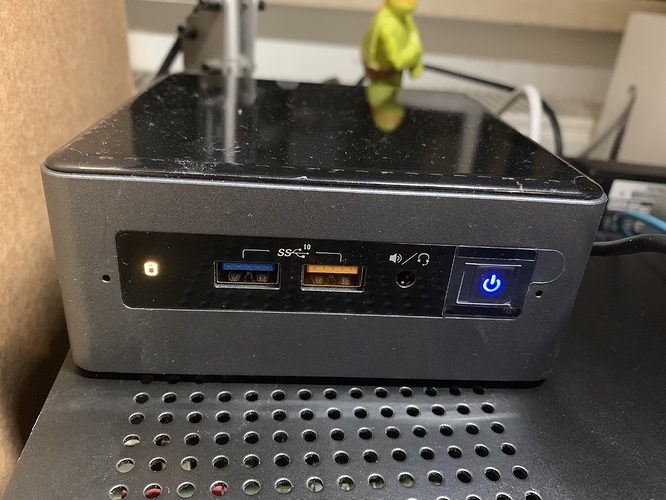

This voltage is reasonably proportional to the frequency and duration of the pulses generated by the HDDs activity. IC1a is an integrator whose job it is to "smooth" these pulses into a voltage level. These pulses are fed into IC1b, which buffers and shapes these pulses before feeding them into IC1a. As the HDD reads and writes it produces a stream of pulses which are fed to the circuit via the opto-isolator. The opto-isolator, IC4, connects to the HDD LED header on the motherboard and serves to isolate the circuit from the rest of the system whilst ensuring compatibility with just about every motherboard that has a HDD LED. The circuit is based around the "Classic" Knight Rider design and differs only with R3 being fitted in it's alternate position, the addition of IC4 and R6, and VR1 is replaced with a wire link.

It does not give a reading of actual Mb/s, just how hard the drive is working. The higher the HDD activity, the more LEDs light. This circuit is designed as a replacement for the standard HDD activity LED and offers an indication of the amount of activity by lighting a row of LEDs. I strongly suggest you refer to the "Knight Rider" project for construction details. It uses the same basic circuit, circuit board designs and construction as before, and therefore I am not going to repeat all that detail. I have separated it purely for the benefit of web search engines looking for a "Hard Drive Activity Meter". Okay, this circuit is really part of the "Knight Rider" project.


 0 kommentar(er)
0 kommentar(er)
